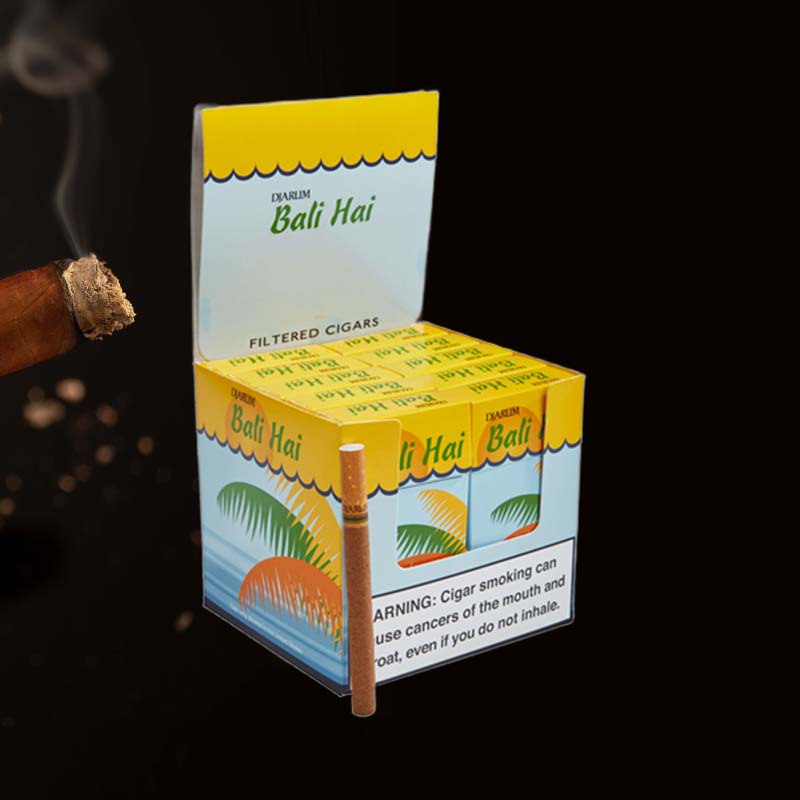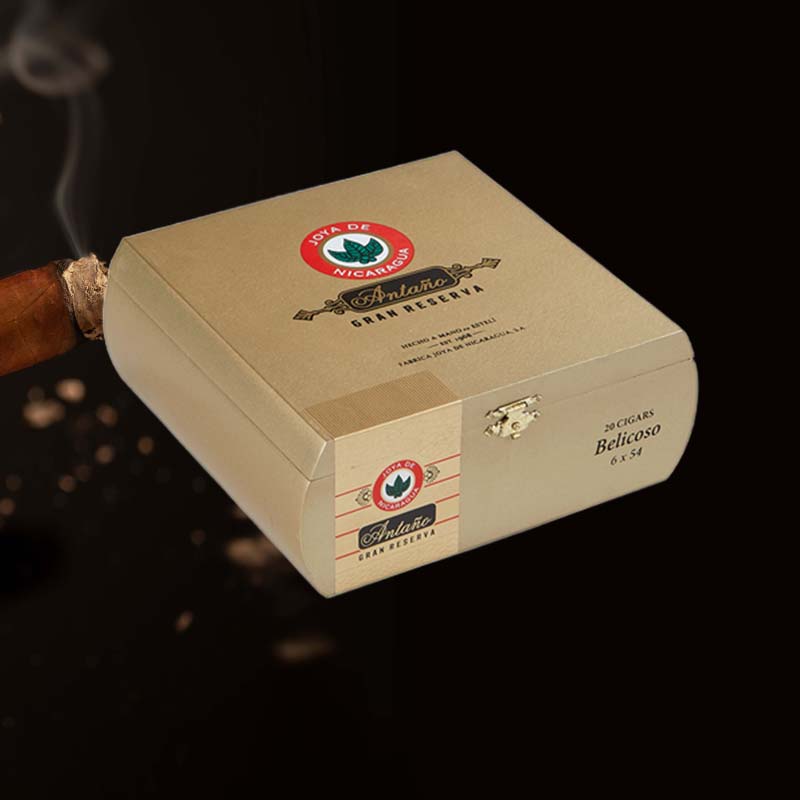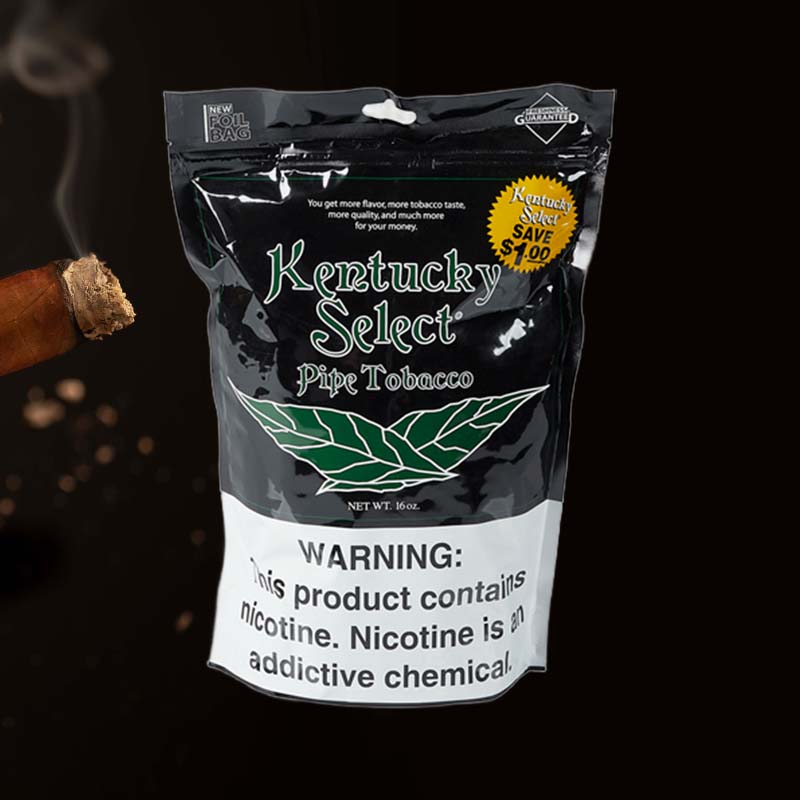How to bleed a butane torch lighter
I’ve always found that lighting up my favorite cigar with a well-functioning butane torch lighter is an experience unlike any other. However, there are moments when it just doesn’t perform as expected. That’s when I realized I needed to learn how to bleed my butane torch lighter. Bleeding might sound a bit intimidating, but it’s a straightforward process that ensures my lighter is always ready for action, providing the perfect flame to accompany my leisurely moments. Let’s delve into the specifics together, so you can keep your torch lighter in top shape too!
Why Bleed Your Lighter?
Bleeding your butane torch lighter is crucial for several reasons:
- Remove Air Bubbles: Air can get trapped in the lighter, preventing it from functioning properly.
- Enhance Performance: A lighter that’s bled properly ignites more easily and provides a consistent flame.
- Prevent Clogging: Regular bleeding keeps the valve clear and prevents fuel line blockages.
Steps to Bleed Your Butane Torch Lighter

Step 1: Prepare Your Workspace
Before getting started, I find it vital to prepare my workspace. Make sure you have a clean, flat surface with plenty of room to work. Lay down some newspaper or cardboard to catch any butane that might escape. Safety is key here!
Step 2: Identify the Bleed Valve
Each lighter model has its own bleed valve location, typically a small pinhole near where you refill the butane. It’s essential to identify this spot so you know exactly where to relieve the pressure.
Step 3: Depressurize the Tank
With all safety precautions taken, I carefully insert a small screwdriver or a similar tool into the bleed valve. Gently press down to release the built-up gas. You’ll hear a hissing sound—this is normal! Just make sure to do this step cautiously, away from any flames.
Step 4: Inspect the Valve
After bleeding, I always take a moment to inspect the bleed valve. Make sure it’s clear of any debris or residue. A clean valve facilitates better performance and reduces the chances of future issues.
Step 5: Test the Lighter
Finally, I refill my lighter with high-quality butane before testing it. Ignite the lighter to ensure it produces a steady flame. If all is well, you’re ready to enjoy that cigar!
Tips for Successful Bleeding

Use a Proper Tool
I always make sure to use the right tool, like a small precision screwdriver, to avoid damaging the valve. A proper tool ensures efficiency and enhances safety.
Work in a Well-Ventilated Area
Safety first! I ensure that I’m in a well-ventilated space to avoid inhaling any butane fumes. This is essential for a safe bleeding process.
Wear Protective Gear
I recommend wearing safety goggles and gloves. While this process isn’t typically dangerous, it doesn’t hurt to be cautious.
Common Issues After Bleeding

Flame Not Igniting
If my lighter doesn’t ignite post-bleeding, I often check the fuel level and the sparking mechanism. It’s essential for everything to work cohesively.
Weak Flame
A weak flame can be a sign of remaining air in the tank. I would repeat the bleeding process to ensure all air has been expelled.
Frequent Refueling
If I find myself refueling excessively, it could indicate a leak or blockage. Inspecting the lighter thoroughly is crucial to resolving this.
Maintenance After Bleeding
Refilling the Butane Tank
After bleeding, refilling the tank with high-quality butane is essential. I always choose a reputable brand to ensure optimal performance.
Regular Cleaning Procedures
I make it a habit to regularly clean my lighter to avoid buildup and enhance longevity. A simple wipe down with a soft cloth often does the trick.
Additional Maintenance Tips
- Store the lighter upright to prevent leaks.
- Avoid exposure to extreme temperatures.
- Handle with care to avoid damaging internal components.
Frequently Asked Questions

How Often Should I Bleed My Lighter?
I usually bleed my lighter whenever I notice performance issues, or at least every few months to keep it in top working condition.
Is It Safe to Bleed My Torch Lighter?
Yes, as long as you follow safety precautions, such as working in a ventilated area and using proper tools, bleeding your lighter is safe.
Can I Bleed a Lighter That Has Leaked Fuel?
If my lighter has leaked fuel, I would refrain from bleeding until I’ve resolved the leak issue, as it can be hazardous.
Conclusion
Final Thoughts on Bleeding a Torch Lighter
Learning how to bleed a butane torch lighter has been a game-changer for me. It’s a small step that yields significant rewards, ensuring my lighter performs flawlessly every time I fire it up. With proper maintenance and care, I can continue enjoying my cigars without worry. I hope this guide helps you as much as it has helped me!
How to bleed air out of a butane lighter?

To bleed air from a butane lighter, locate the bleed valve, press it gently with a tool to release air, and ensure the lighter is in a well-ventilated area.
How to fix a leaking butane lighter?

To fix a leaking butane lighter, inspect the seals, replace any damaged parts, and ensure the refill valve is secure and functioning properly.
How do you clean a butane torch lighter?

To clean a butane torch lighter, wipe its exterior with a soft cloth, remove any debris from the nozzle, and follow the manufacturer’s guidelines for internal cleaning.
How to fix a butane lighter that won’t light?
To fix a butane lighter that won’t light, check if it has fuel, inspect the ignition mechanism, and ensure any air was properly bled from the tank.





